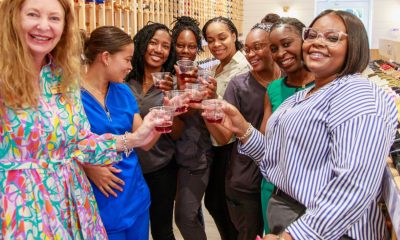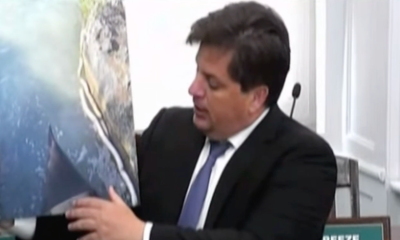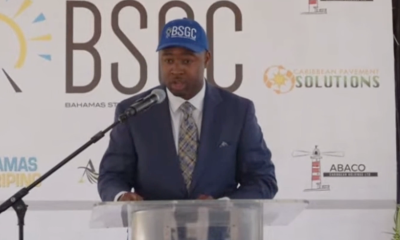National
Mangrove Mania Catches on in Grand Bahama
A group of Grand Bahama environmentalists are coming together to ensure that mangroves multiply and build the island’s defenses.
-

 Court3 days ago
Court3 days agoWoman Charged With Trying To Kill Boyfriend with Car
-

 Court3 days ago
Court3 days agoUncle Accused of Molesting Six-Year-Old Niece For Two Years
-
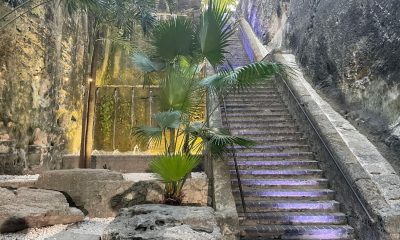
 National21 hours ago
National21 hours agoQueen’s Staircase Gets $200K Facelift
-
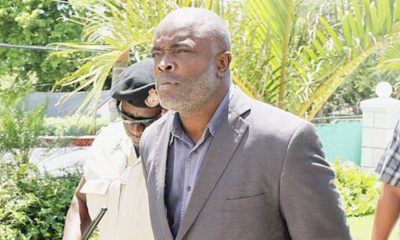
 Court2 days ago
Court2 days agoOmar Archer Loses Appeal in Libel Case
-

 National2 days ago
National2 days agoResidents React To $165M Royal Beach Club Groundbreaking
-

 Court20 hours ago
Court20 hours agoArrest Warrant Issued for Suspect Accused of 2020 Drive-By Killing
-
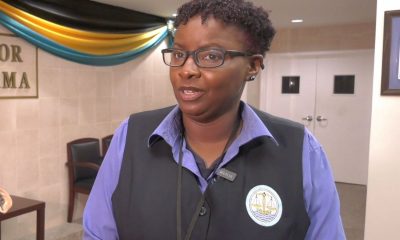
 National20 hours ago
National20 hours agoCarolyn Smith’s Journey: From Struggle to Success
-

 Court21 hours ago
Court21 hours agoMom Charged After Beating Child with USB Cord

